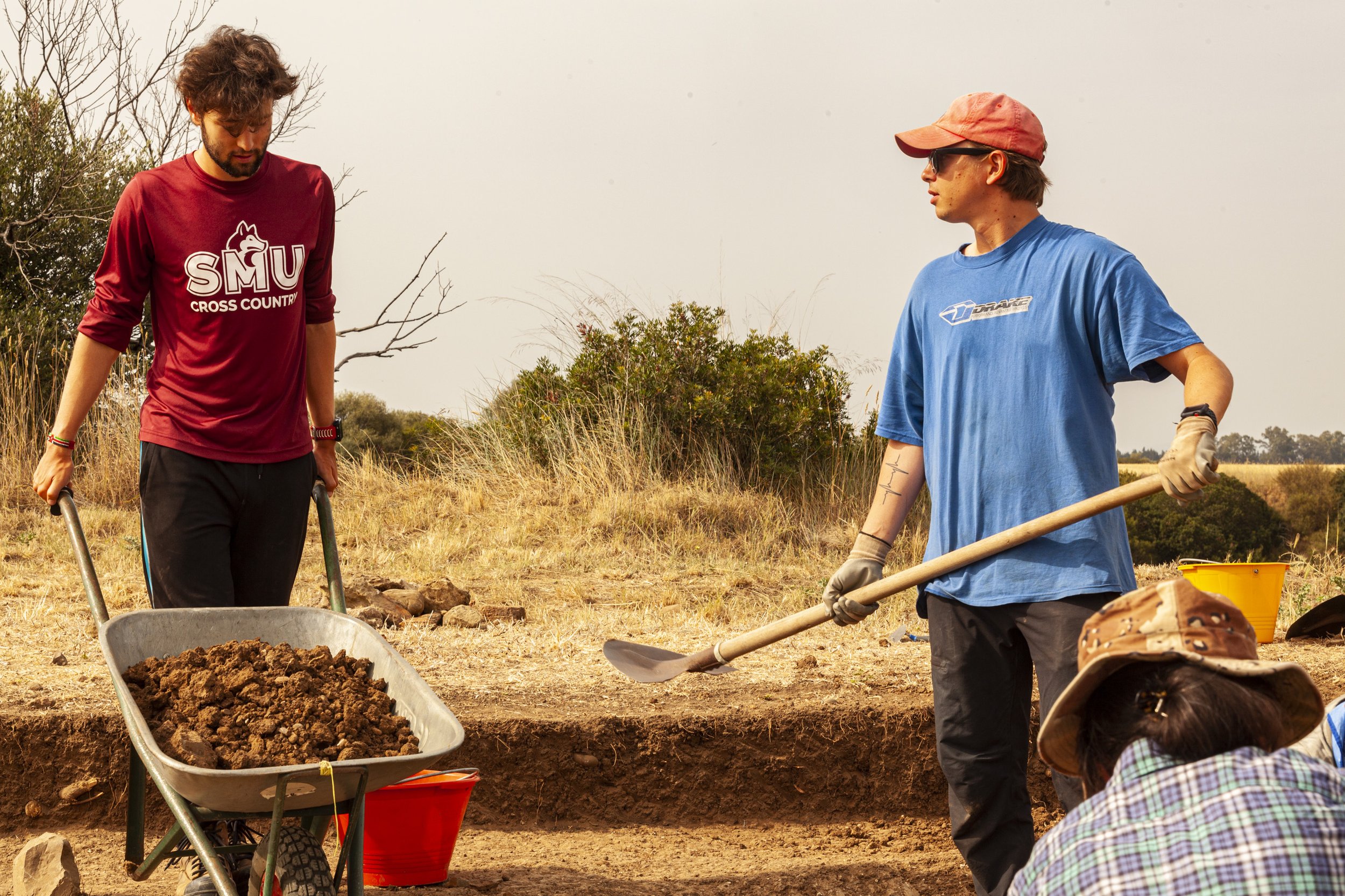
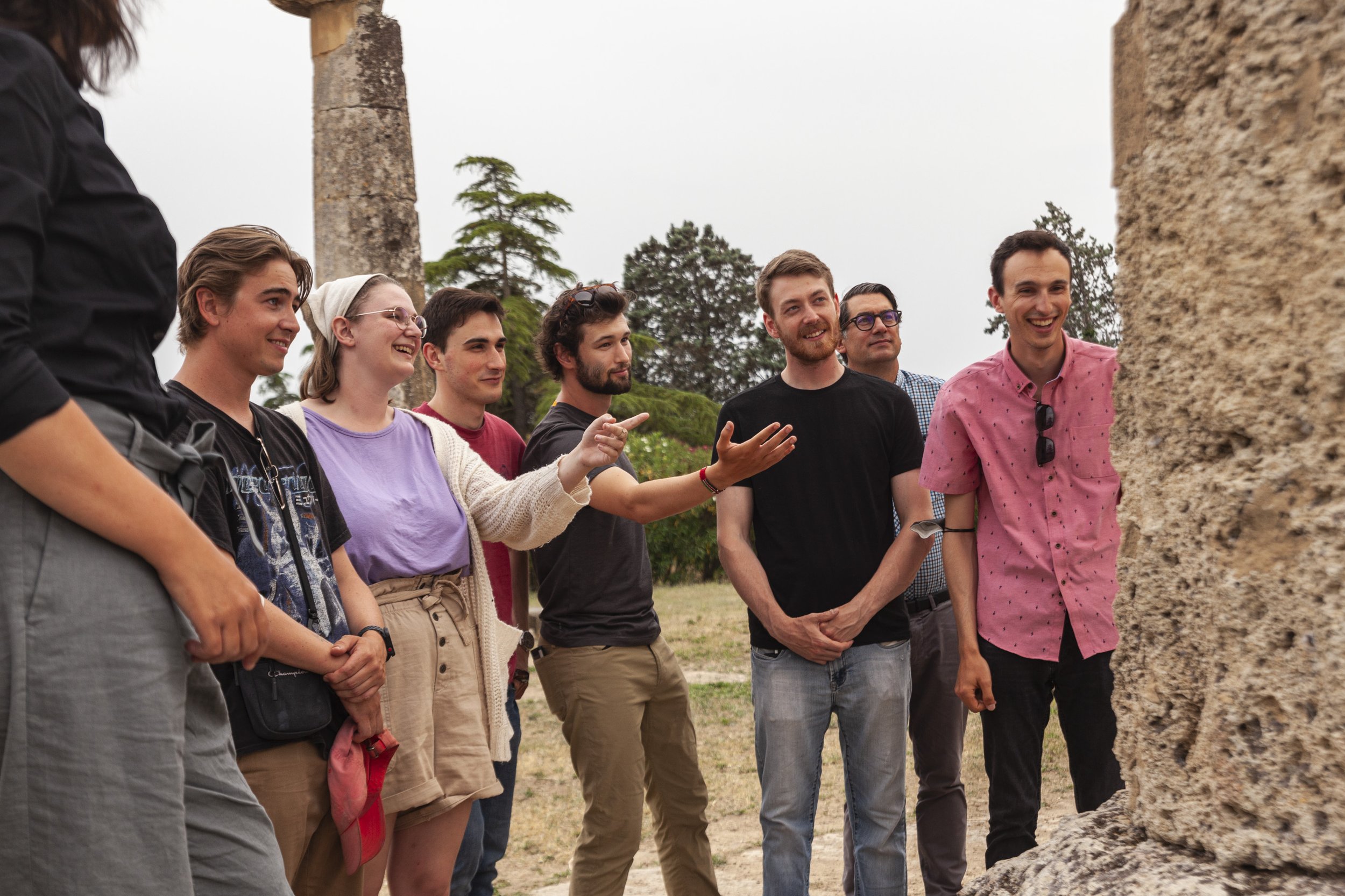
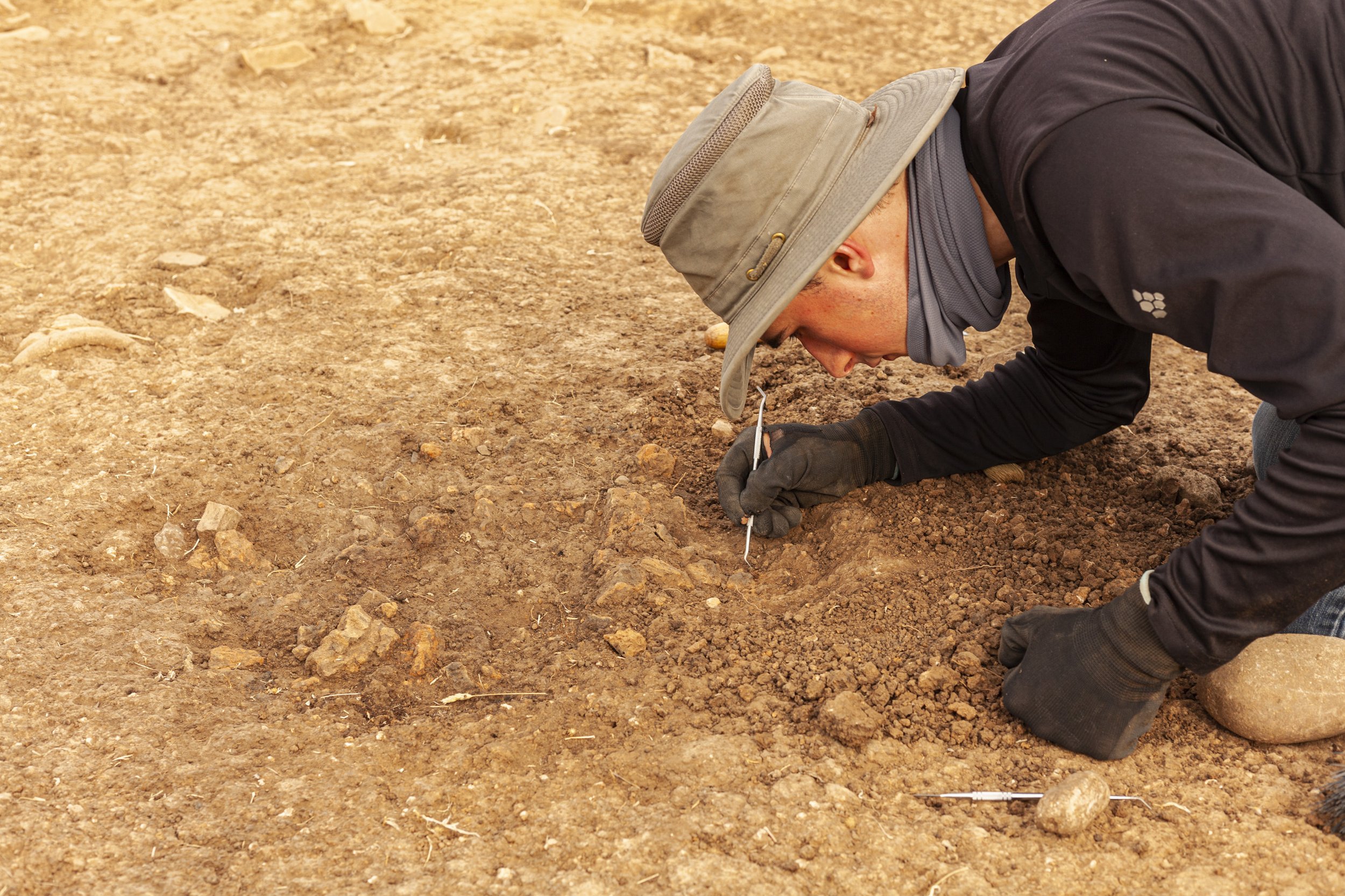
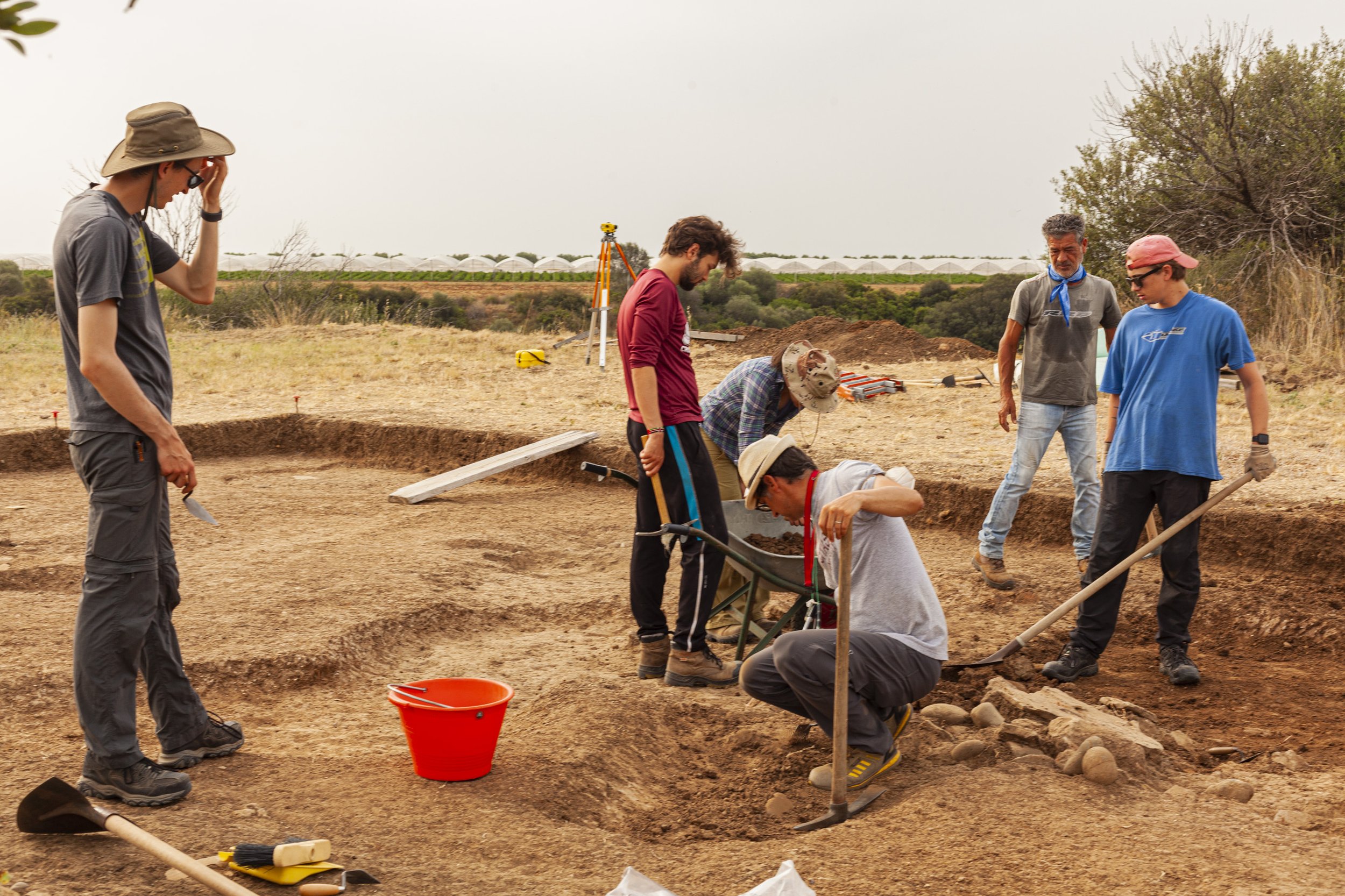
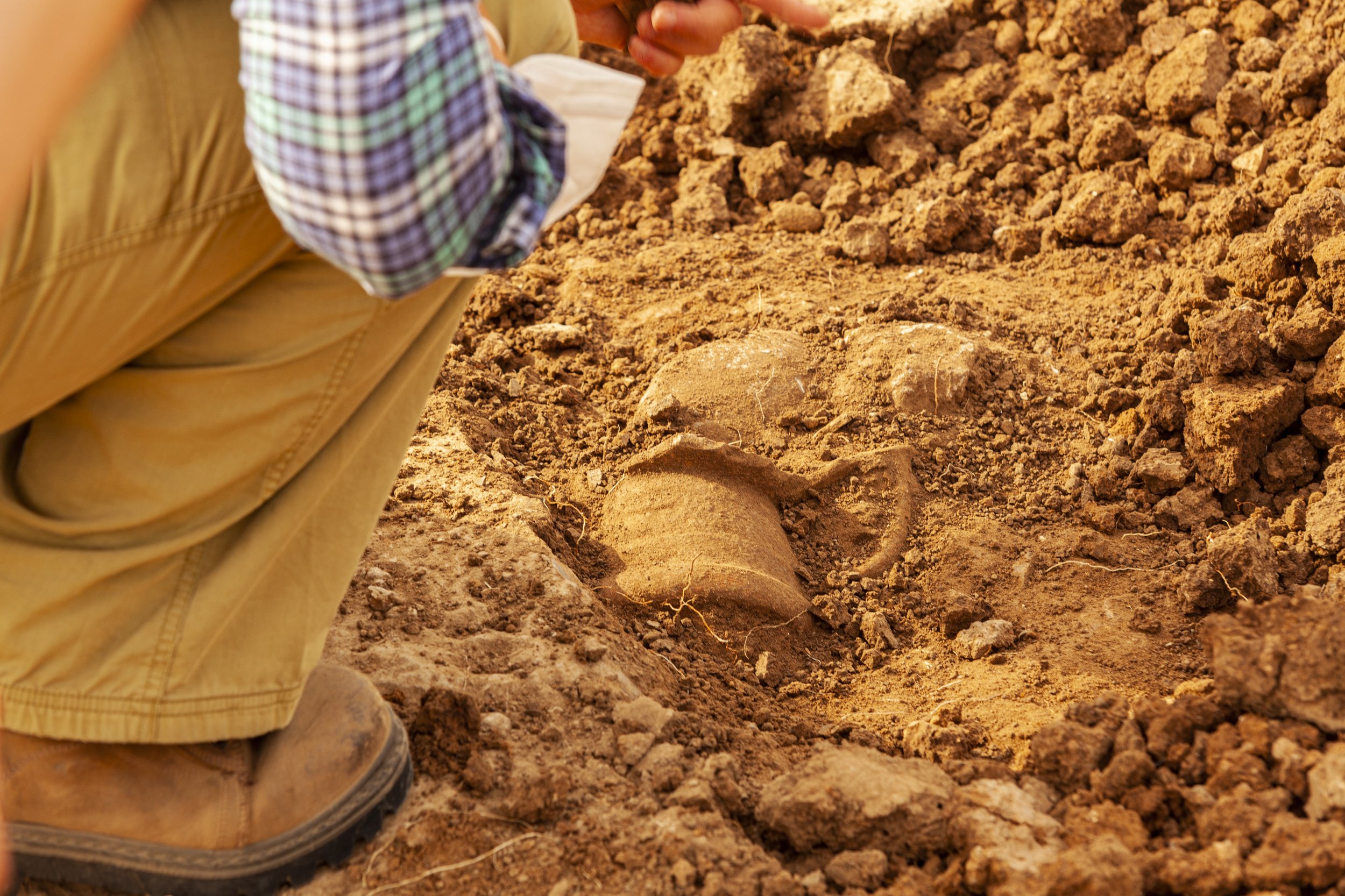
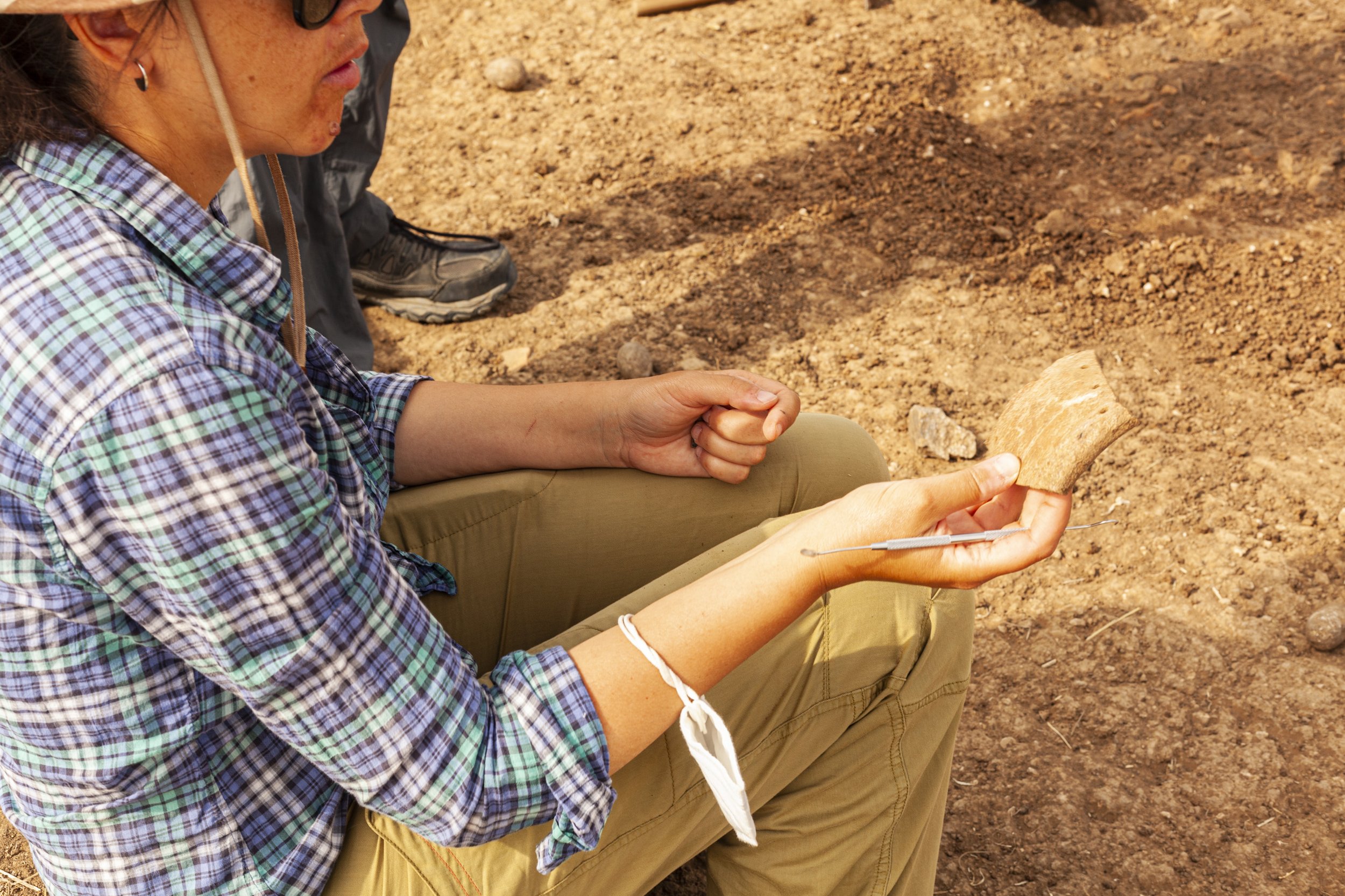
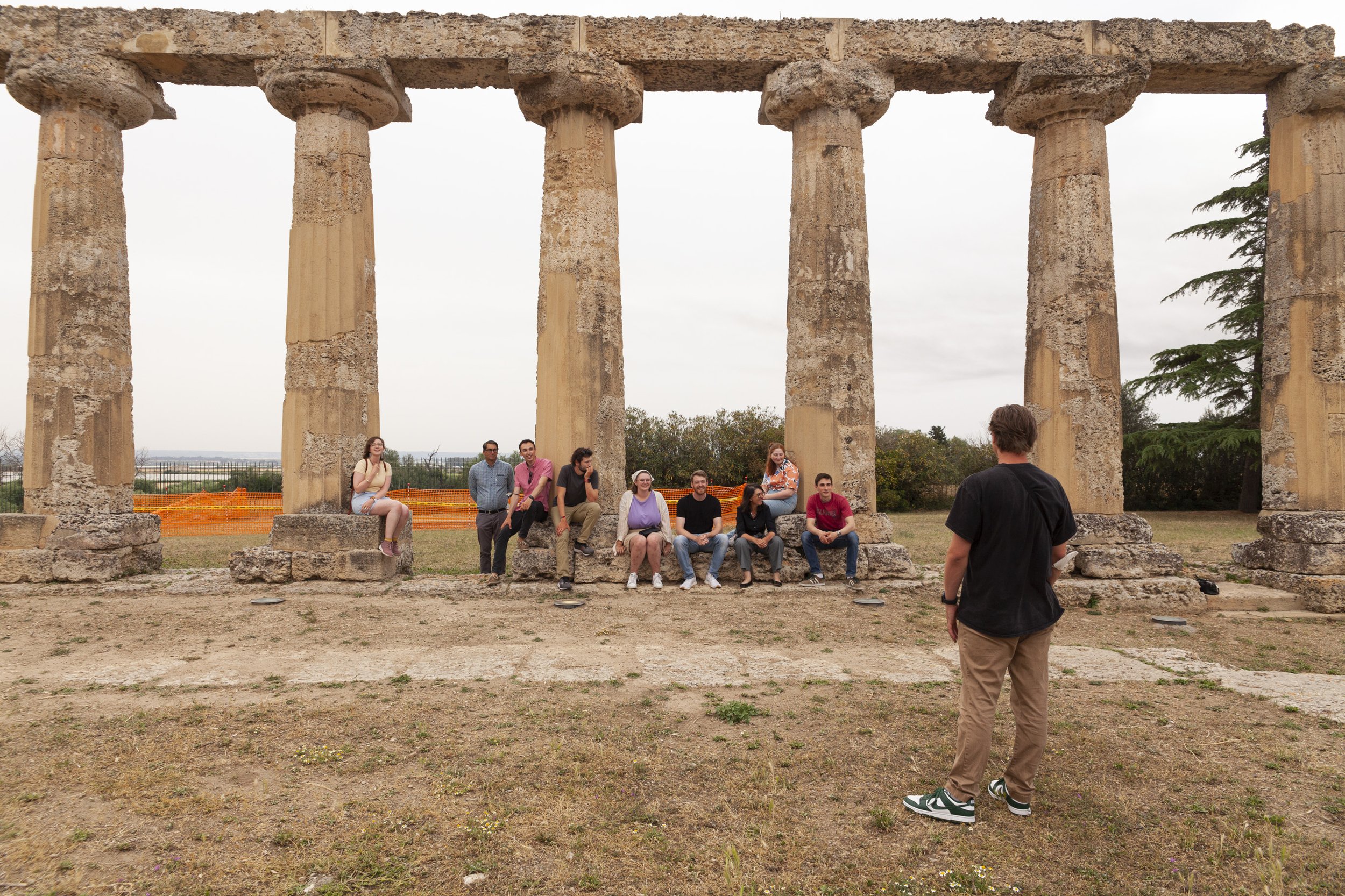
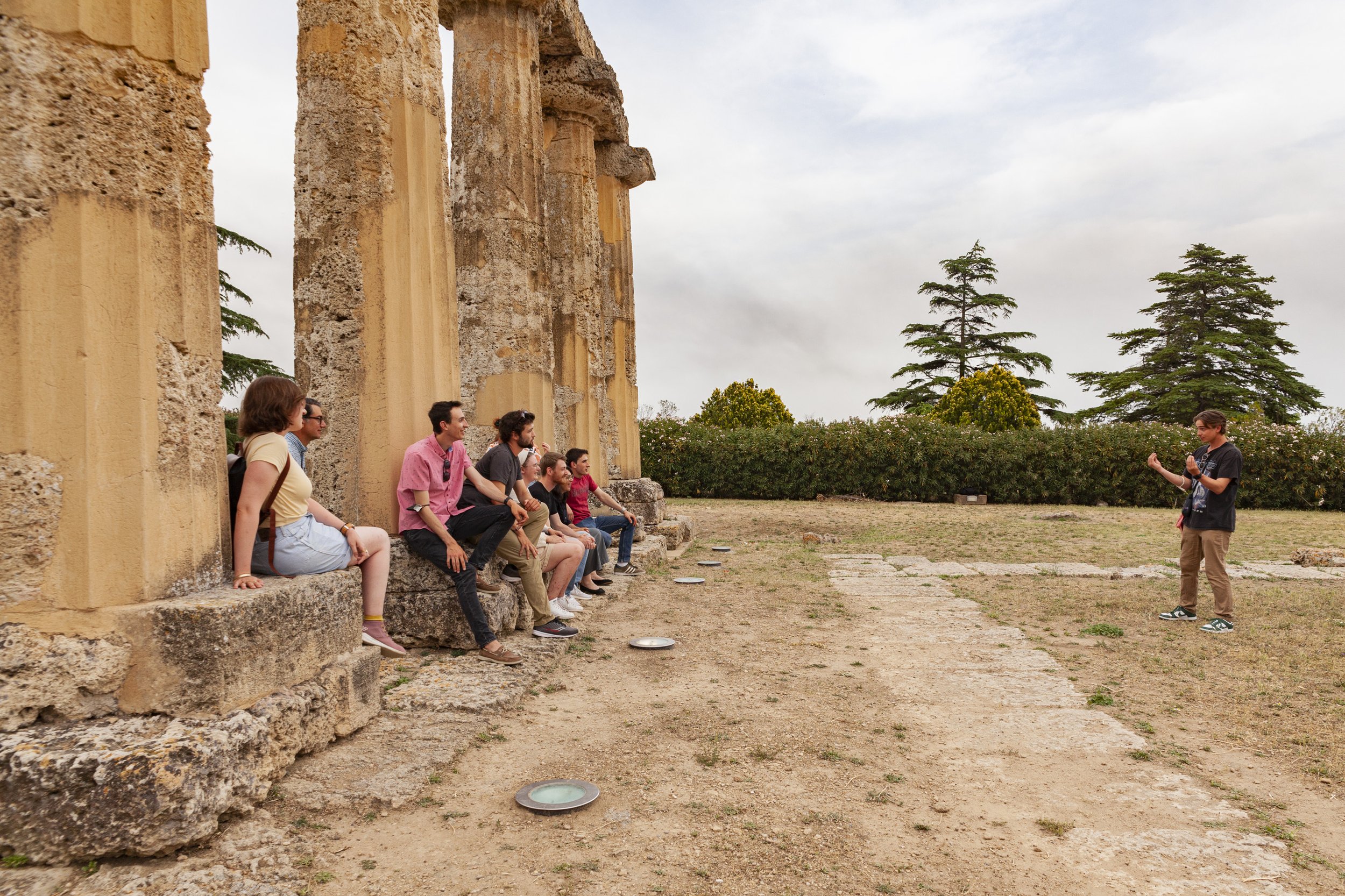
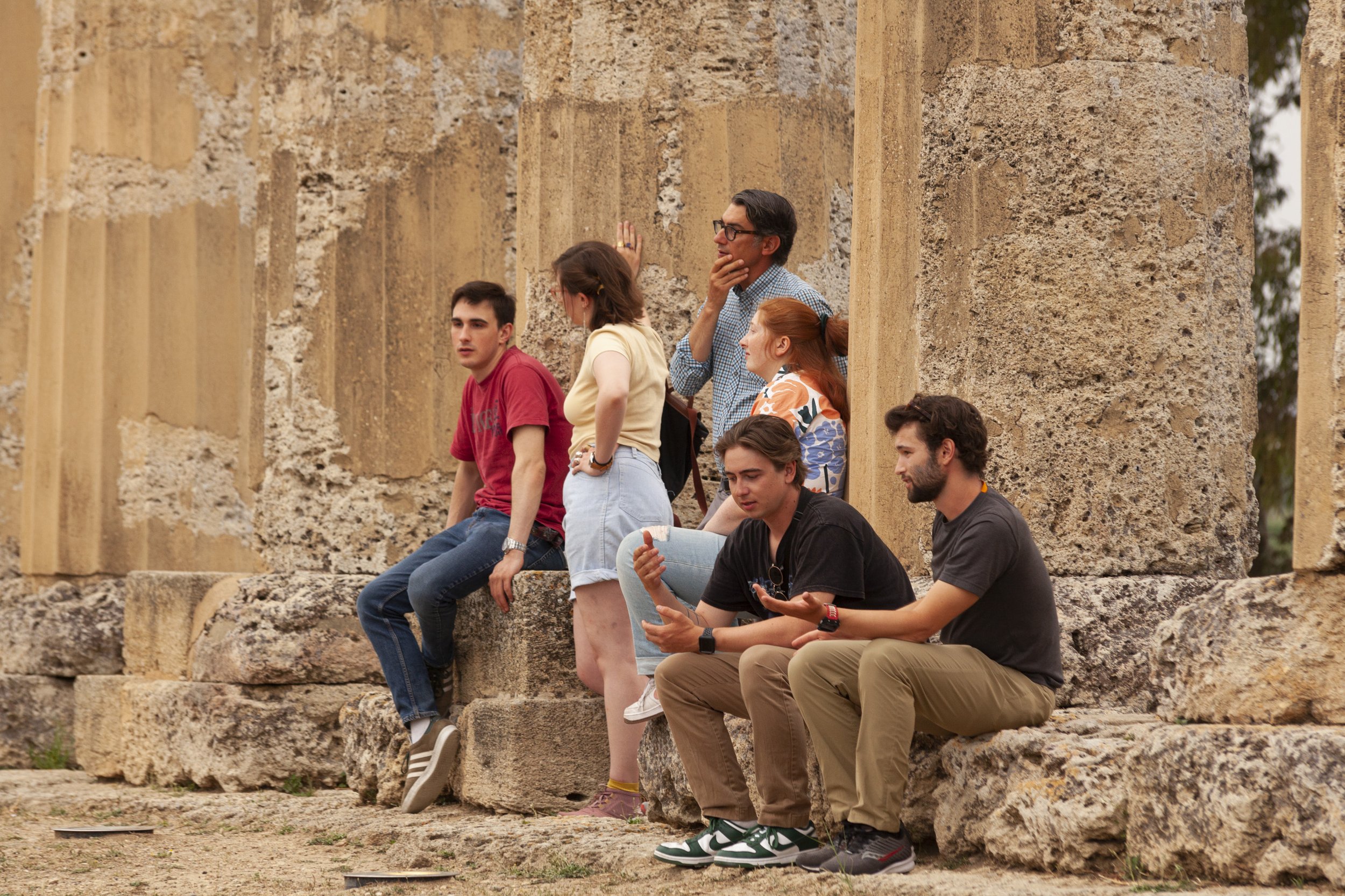
Photo credit: Roberto Lalinga
Students at Saint Mary’s University are helping to shed new light on previously overlooked perspectives from the ancient past, thanks to new research partnerships that have taken root in Italy.
The Metaponto Archaeology Project field school was “a life-changing experience” for students who took part in it this spring, says Dr. Sveva Savelli, assistant professor in Ancient Studies and Intercultural Studies. She taught the new field course in May at the Incoronata “greca” excavation site near the town of Pisticci (Matera), along with Dr. Spencer Pope of McMaster University, under the auspices of the Soprintendenza Archeologia Belle Arti e Paesaggio della Basilicata.
Dr. Sveva Savelli
Photo: Simone Foresta
Fourth-year philosophy major Ken Finlay agrees. “I would highly encourage anybody with even the slightest interest in archaeology to sign up for the field school. It’s truly a once-in-a-lifetime kind of experience and is sure to deepen your interest in classics even further,” says Finlay, who aims to pursue a law degree after graduating with his Bachelor of Arts.
Located in the “instep of the boot” on the map of southern Italy, the site was home to thriving Indigenous communities (the Oenotrians) between the 9th and 7th centuries BCE when Greek settlers began arriving. Past archaeology efforts in the region, now known as Basilicata, have focused mainly on the Greek settler histories. This research goes farther back, investigating the colonial dynamics during a period when the Oenotrians and Greeks first interacted in the area, prior to the founding of the Greek colony of Metaponto.
“It’s very interesting because it seemed to be a very peaceful relationship, mostly traders and potters who arrived. Incoronata “greca” was a place where the relationship was fruitful for both communities,” says Savelli, co-director of the research project along with Pope.
The research has been underway for a number of years but reached a key milestone this spring with the discovery of a structure believed to be an Oenotrian hut, plus a motherlode of artifacts, she says.
“It has been an amazing season. We were not expecting quite so many archaeological finds. Our students were incredibly lucky in this sense. We basically pulled out thousands of shards of pottery!”
Available again next spring, the field course builds on Saint Mary’s existing strengths in archaeology research and education. Another offering in Italy through the ancient studies program is Dr. Myles McCallum’s annual field course at the Villa of Titus Archaeology Research Project near Castel Sant’Angelo, which resumed in May and June after a two-year hiatus during the pandemic. In both field courses, students learn many aspects of what it means to be an archaeologist, from excavation skills to lab tasks such as sorting and cataloguing artifacts—and most importantly, teamwork.
“Students were not aware of the collegial aspect of this profession,” says Savelli. “So working together as a team, especially coming out of this period of COVID isolation, really created an excitement in the group.” Visiting scholars at the field school shared expertise in everything from topography to how to use a microscope in archaeometry. Finlay said another big highlight for students was their own research presentations—each student researched a nearby temple or monument, then gave their presentations at those actual sites.
“It was a cultural experience for them,” says Savelli, who is from Rome and worked at Queen’s University before joining Saint Mary’s in July 2020. There was a lot of interest from the local community as well. Media outlets reported on a visit from Pisticci Mayor Domenico Albano, who also held a special dinner for the students and researchers.
“There is a Canadian connection already,” says Savelli. “In the town it’s like a parade, everybody stops us. Many people have a cousin or brother who moved to Canada.”
Partnership with the National Archaeological Museum of Naples
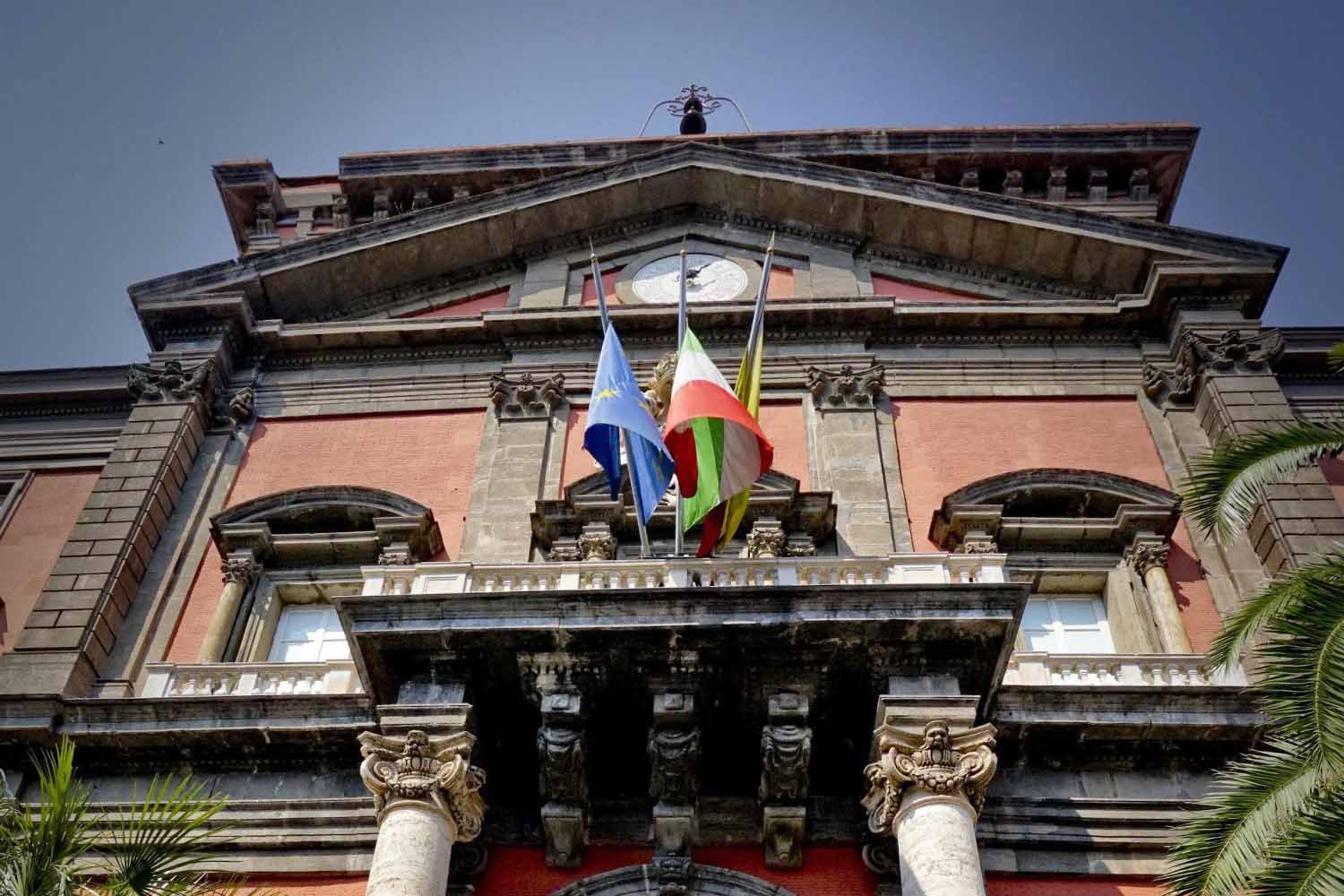
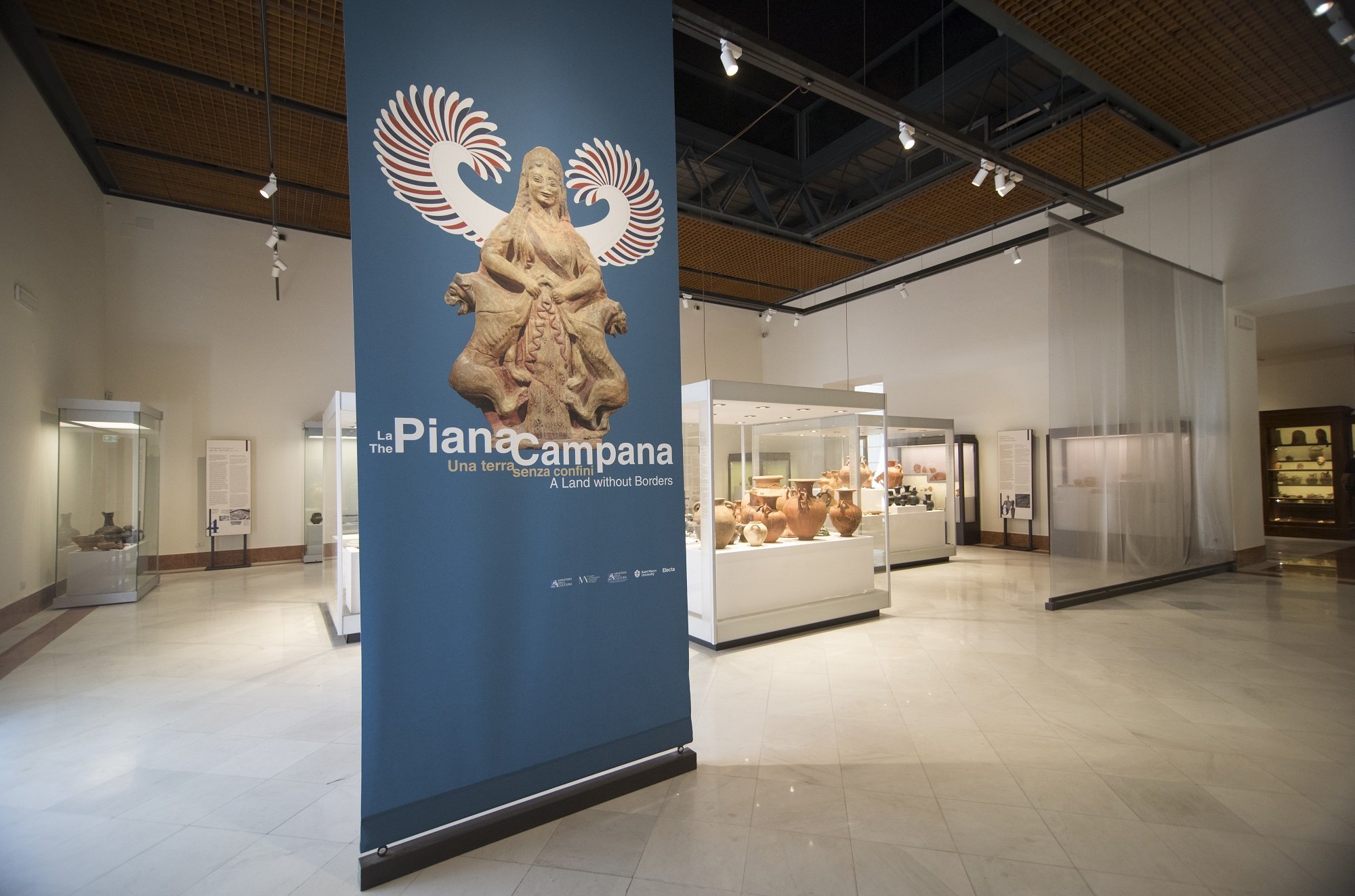
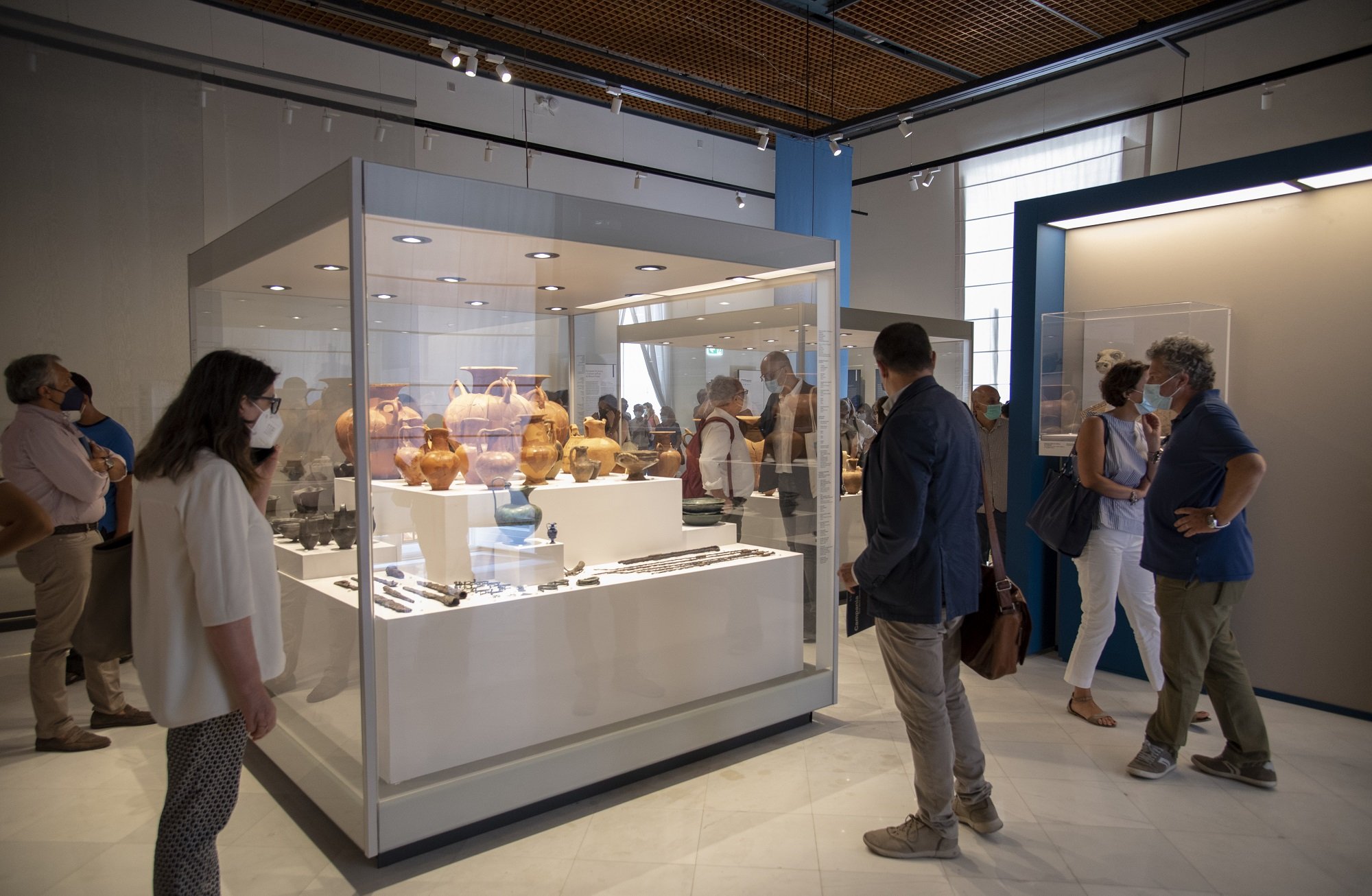


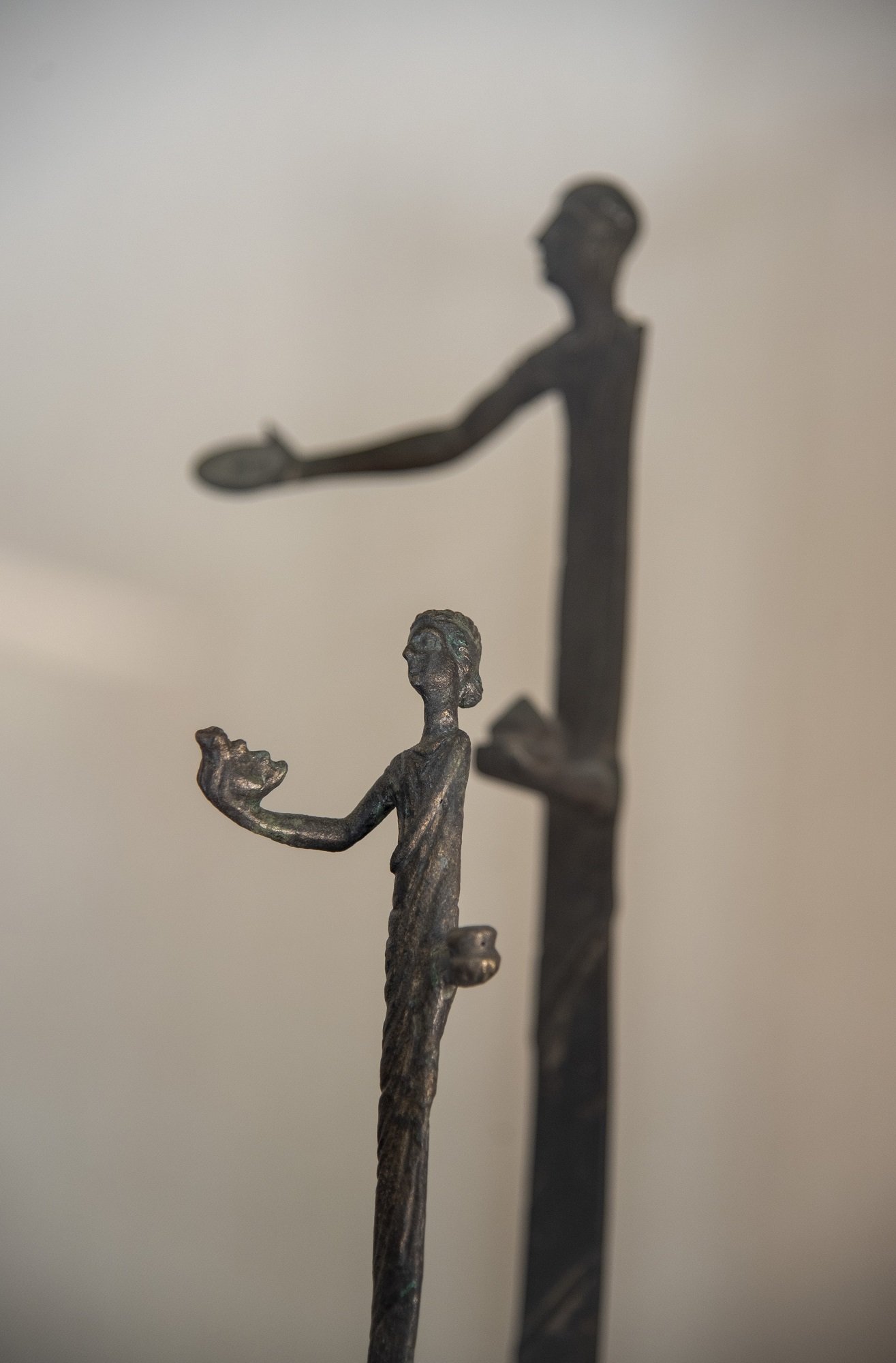
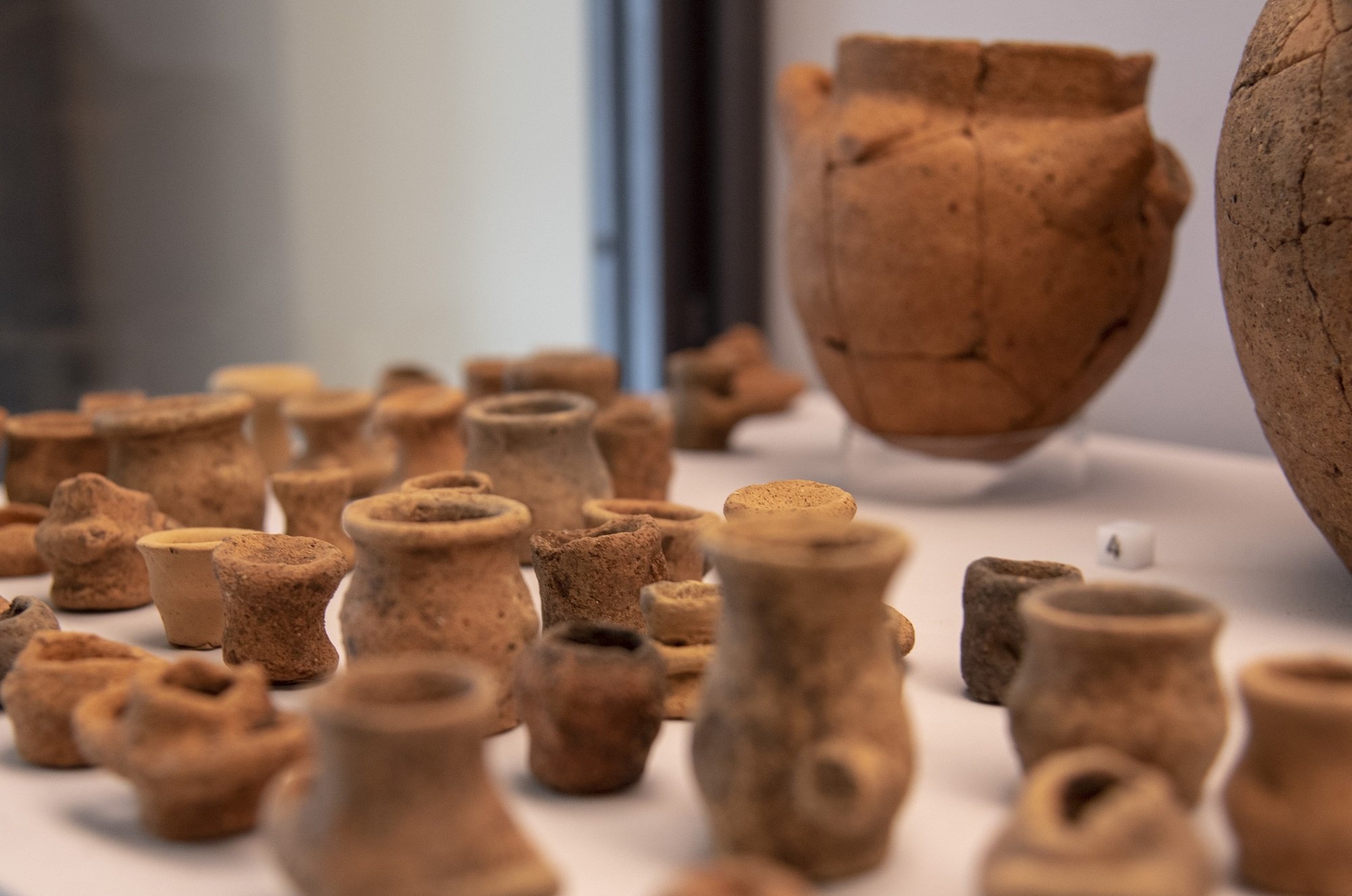
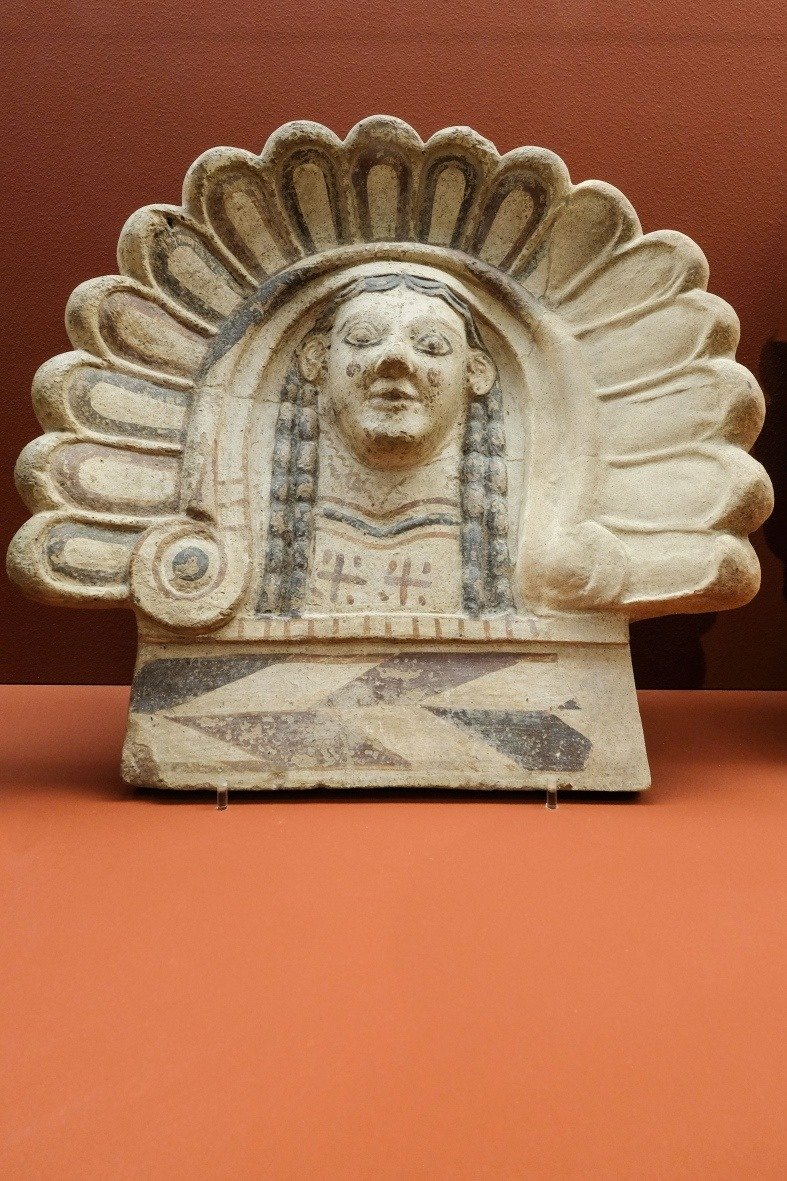
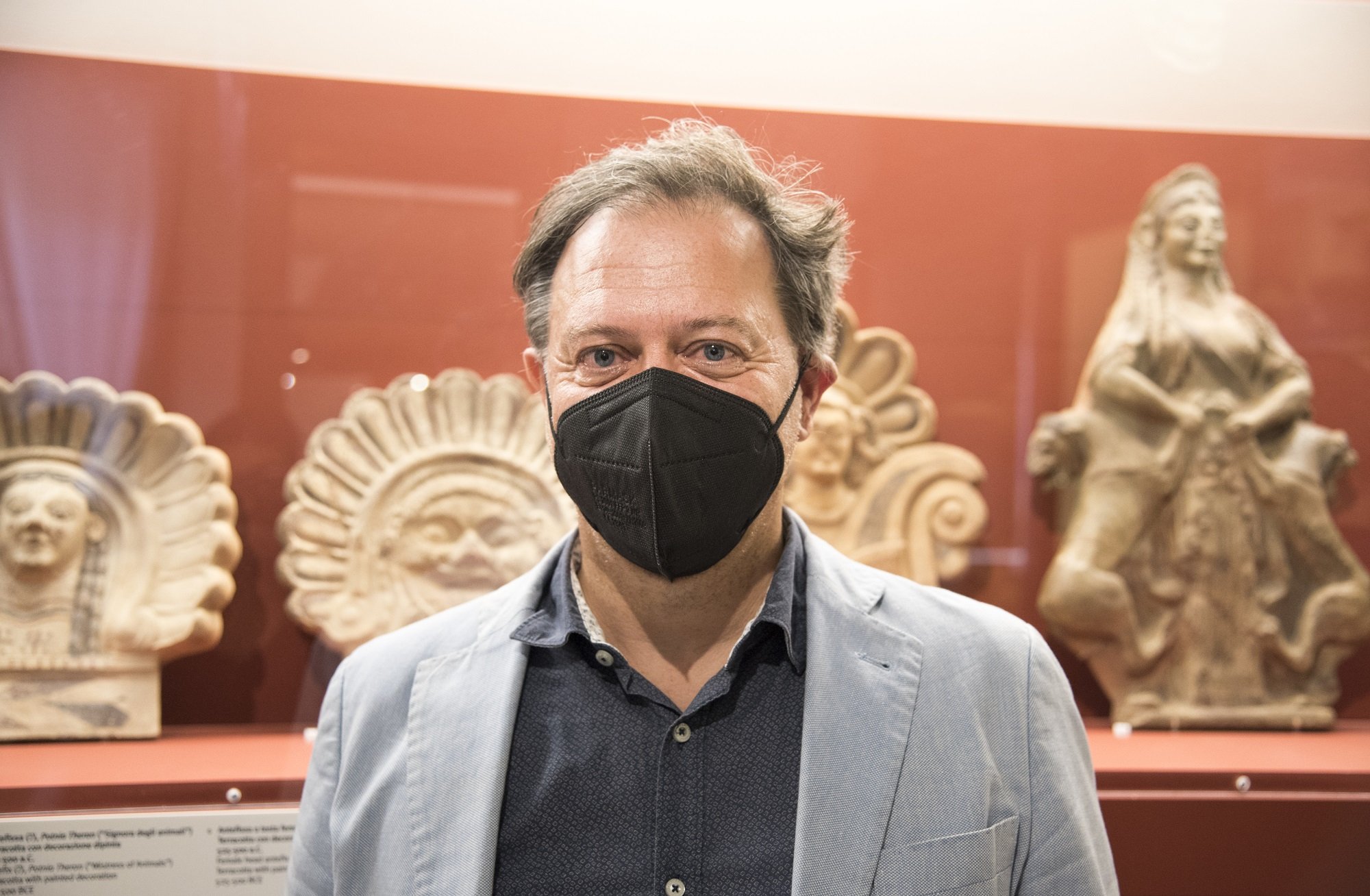
The Piana Campana: A Land Without Borders
Photo credit: Livia Pacera MANN/Electa
Here on campus this fall, students have another unique opportunity for hands-on research experience in Savelli’s new course, ANCS/ICST 3506: Cultural Property Protection in a Global World. Through a partnership between Saint Mary’s and the Museo Archeologico Nazionale di Napoli (MANN), led by Museum Director Paolo Giulierini, the class will collaborate with the museum on a project involving the “Spinelli Archaeological Collection” led by Senior Curator Dr. Emanuela Santaniello.
“Students will be involved in the tracking of archaeological finds from the necropolis of Suessula, in the interland of Naples, that are now dispersed in museums all over Europe and North America,” says Savelli.
Mapping these objects will help the museum lay the groundwork for future exhibitions, narrating the story of how cultural heritage has scattered to different parts of the world. With some creativity, other museums housing artifacts could take part in presenting this international picture, even in a digital format.
“I hope the class becomes a workshop and a think tank on cultural property and the international issues related to its restitution and repatriation,” says Savelli.
She worked closely with the museum last year as a member of its research team behind an exhibition, “The Piana Campana. A Land without Borders.” Still ongoing, the exhibition focuses on Iron Age interactions among Greek settlers, Etruscans and Indigenous communities in the Piana Campana region north of Naples.
It’s all part of a bigger project that will enable more field schools, student exchanges and internships in the future. The opportunities for students stem from a memorandum of agreement between the museum and Saint Mary’s, signed in 2020 to foster scientific and academic cooperation.
“Through this partnership, ancient studies in Italy take a prime position in our international academic offerings,” says Dr. Robert Summerby-Murray, President and Vice-Chancellor of Saint Mary’s. “It’s a tremendous opportunity for us to collaborate with one of the most important archaeological museums in the world, whose holdings include the Farnese and Pompeian Collections and thousands of other artifacts from Etruscan, Greek, and Egyptian civilizations.”
Dr. Giulierini adds: “The MANN is pleased to offer educational opportunities for Canadian students and faculty, and to provide first-hand knowledge of ancient material culture.”
The partnership complements the field projects at Villa di Tito and Incoronata “greca”, says Savelli, enhancing opportunities for students to learn about the conservation and management of archaeological collections. As a researcher, the most intriguing aspect for her is taking a fresh look at colonial times in the ancient world, and seeing what it can teach us about the present.
“This is really about how each country defines its own identity through its past. And it’s not just about the past—for us in Canada, it’s also about our reality.”
Learn more about the Ancient Studies program and field schools available through the Faculty of Arts. Follow the Metaponto Archaeology Project on Instagram at @metaponto_arch_proj and the Villa of Titus Archaeology Project on Facebook at @villaditito.


